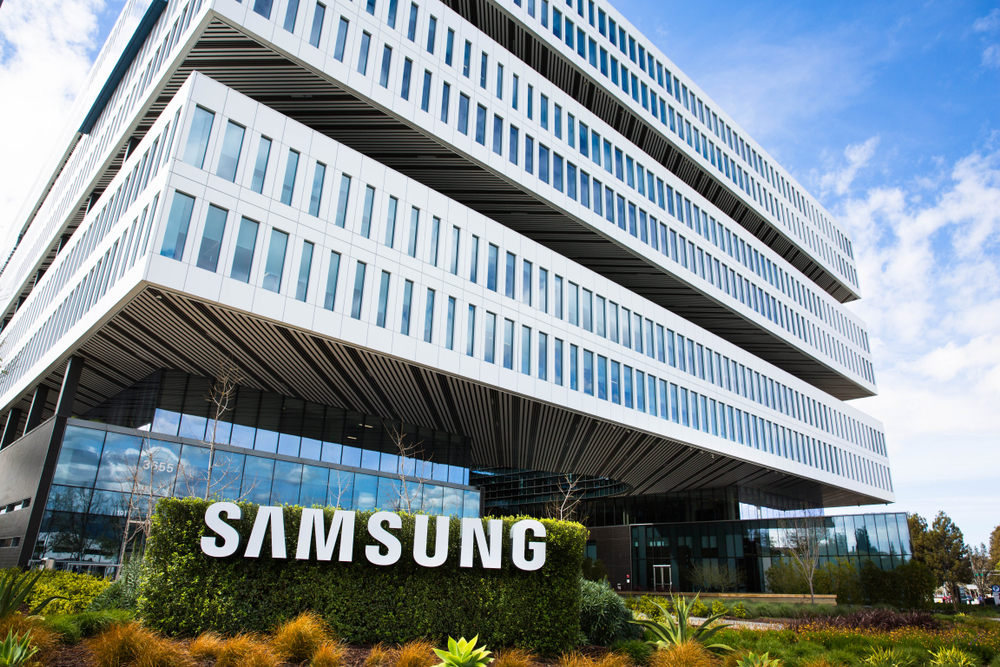Report: Samsung Speeds up Development of 160-Layer NAND
Anyone up for a game of NAND-Jenga?

Just last week, Yangtze Memory Technologies Co., Ltd (YMTC) revealed 128-layer 3D NAND chips, an upgrade from its previous max count of 64 layers and a new push for non-volatile flash memory and very dense SSDs. Now, it appears that Samsung is feeling the heat. The Korean manufacturer is rumored to be accelerating development of V-NAND that stacks 160 layers tall, as reported by Korean publication Etnews.
According to the report, which doesn't make clear who its source is, Samsung will be using its "Double-Stack" method for developing this new stacked V-NAND, which, as the name implies, uses vertical stacking in a 3D structure. Samsung's Double-Stack method cuts the holes for interconnecting the layers in two steps instead of in one go, as Samsung currently does.
- The best external hard drives and SSDs of 2020
- The best SSDs for your system
Stacking NAND layers this tall might seem like a game of NAND-Jenga, but it is crucial for increasing the density of SSDs, boosting material yields and reducing power consumption. If Samsung does come out with a 160-layer offering, it'll be the highest in the industry.
The report from Etnews didn't share any additional details available about the upcoming technology, so we'll have to sit tight for further explanation when and if Samsung officially announces its 7th generation V-NAND. With the previous generations of stacked V-NAND all announced annually each summer, we can expect a June or August timeline for any announcement, assuming there are no delays in development.
Get Tom's Hardware's best news and in-depth reviews, straight to your inbox.
Niels Broekhuijsen is a Contributing Writer for Tom's Hardware US. He reviews cases, water cooling and pc builds.
